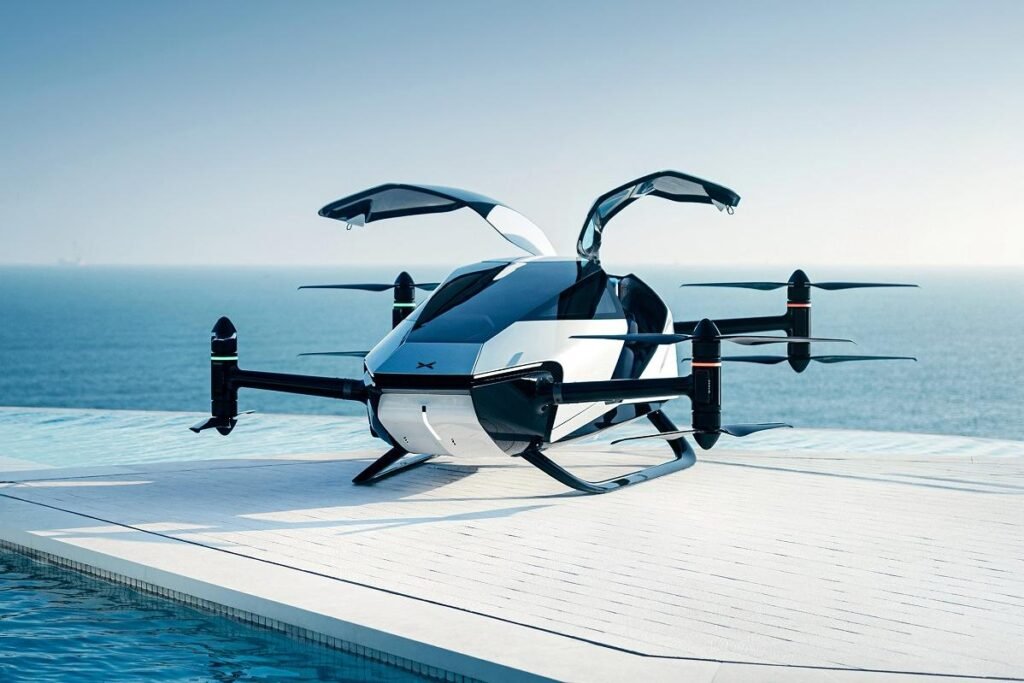In a world where electric vehicles (EVs) are rapidly becoming the norm and autonomous technology is steadily evolving, the next frontier of innovation may well take to the skies. Australia, long renowned for its vast, open spaces and relatively low population density, presents a unique environment for the development and eventual integration of electric flying cars and air taxis. In the coming years, both local and international companies are set to introduce revolutionary transport options that will change the way Australians commute, and potentially transform urban mobility on a global scale.

The Arrival of Flying Cars in Australia
One of the most intriguing developments in the Australian transportation sector is the arrival of flying cars, with several companies planning to roll out their futuristic vehicles in the coming years. These aren’t the traditional flying cars we might imagine from science fiction films— rather, they are electric Vertical Take-off and Landing (eVTOL) aircraft designed to serve as air taxis.
The first glimpse of this exciting future came from XPeng, a leading Chinese electric vehicle manufacturer, which announced plans to introduce its electric helicopter to Australia by 2026. As highlighted in reports from Drive and The Driven, XPeng is developing the XPeng X2, a fully electric, two-seat aircraft designed for urban air mobility. This aircraft represents the cutting edge of eVTOL technology, with the potential to revolutionize urban transport by offering an alternative to congested city streets and long commutes.
XPeng’s entry into the Australian market is part of a larger global trend in which flying vehicles are not just a concept but are being actively developed and tested for commercial use. However, XPeng is not alone in this pursuit. Triton, another Chinese company, recently announced the launch of what is touted as Australia’s first commercial flying car. This vehicle, which is an eVTOL with a sleek, futuristic design, will initially be used for air taxi services and private travel. Its deployment is expected to mark a historic moment for Australia’s automotive and aviation sectors.

The Role of Flying Cars in Australia’s Transport Future
Australia’s vast landscape, combined with its urban sprawl, makes it an ideal testing ground for flying cars. Cities like Sydney, Melbourne, and Brisbane already suffer from traffic congestion, and as populations grow, the need for innovative transport solutions has never been greater. The concept of flying cars, particularly electric air taxis, presents an exciting solution to this problem.
Unlike traditional cars, flying vehicles can bypass traffic by taking to the skies, reducing travel times and offering an entirely new dimension to urban mobility. In major cities, air taxis could travel in dedicated air lanes above the city’s dense infrastructure, offering a faster, more efficient alternative to ground-based transport. For Australians living in regional or remote areas, flying cars could provide a much-needed link to urban centres, making healthcare, education, and employment opportunities more accessible.
Moreover, these electric vehicles promise to be far more sustainable than traditional modes of transport. The move toward electric flying vehicles fits perfectly within Australia’s broader commitment to reducing carbon emissions and tackling climate change. The eVTOLs are powered by renewable energy, reducing the environmental footprint of transport.
The Road Ahead
Australia is at the forefront of a global movement towards electric flying cars and air taxis. With companies like XPeng and Triton leading the charge, and the government exploring ways to make these technologies a reality, the country’s transport landscape is set to undergo a dramatic transformation. While there are challenges to overcome, the potential for flying cars to improve urban mobility, reduce emissions, and make travel more accessible is immense. As we look toward the future, the skies above Australia may soon be just as crowded as the roads below.
Written By: Erika Challita
Published: 19th November 2024